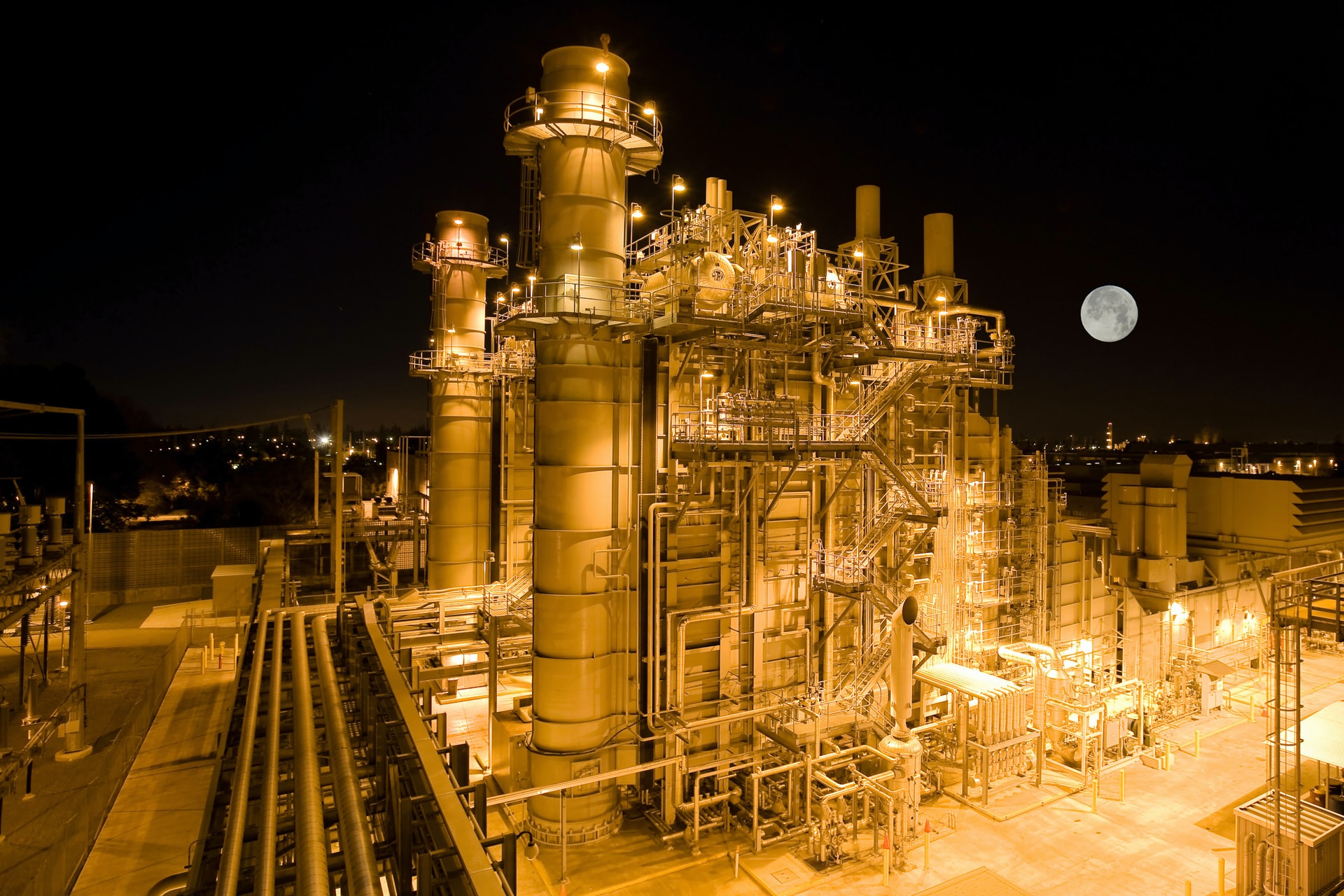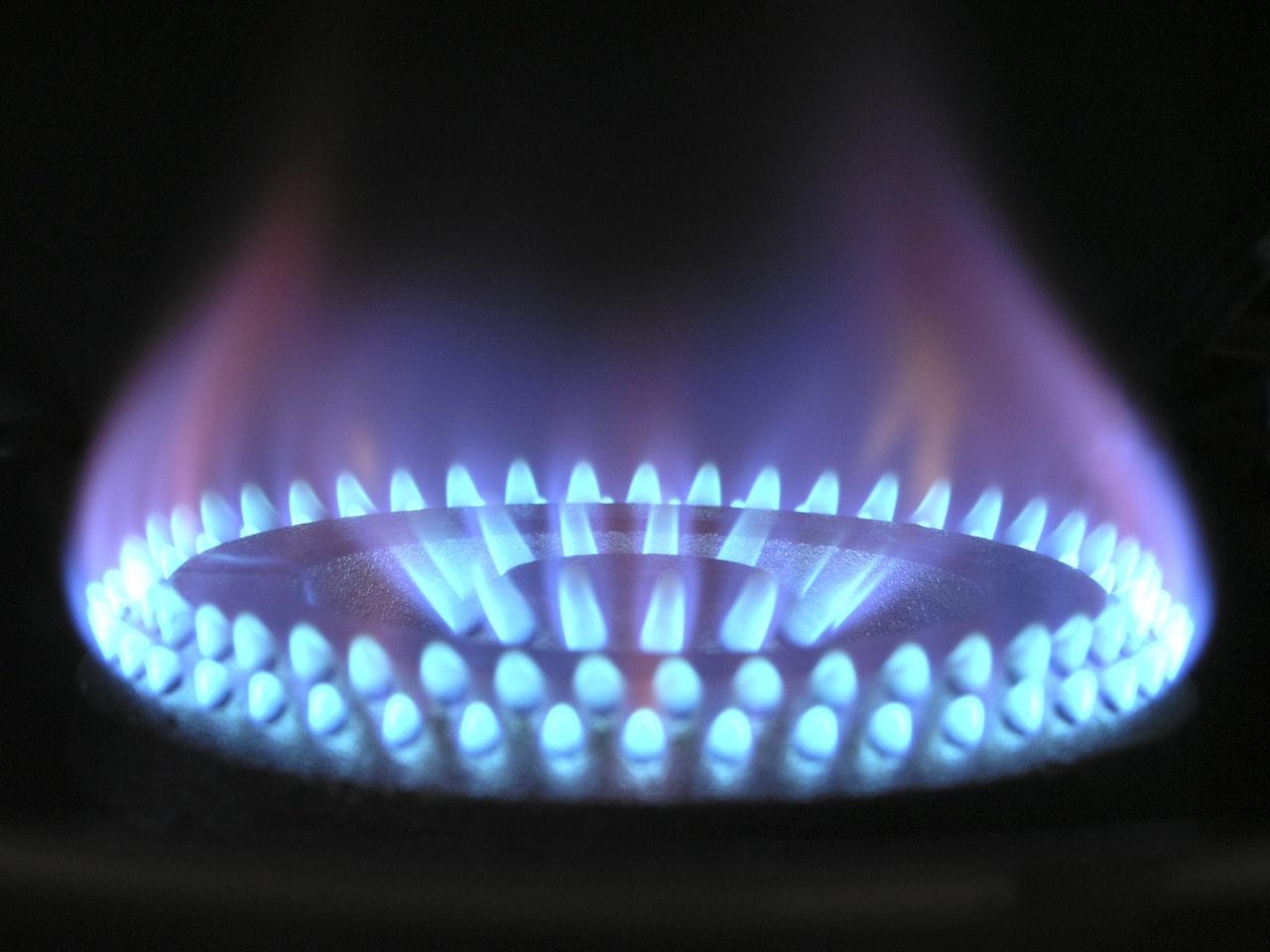Renewable natural gas (RNG) is a viable alternative that is becoming more prevalent across the US and the world.
Here are some important points that everyone should understand about how this form of clean energy is produced and used.
What is renewable natural gas?
Renewable natural gas (RNG), or biomethane, is a specific form of biogas (gas derived from natural sources).
Biogas is produced under anaerobic conditions and then refined into a usable form of gas, RNG.
The purification process involves removing moisture, CO2, and contaminants, then reducing nitrogen and oxygen levels.
Once it is purified, it is considered pipeline-quality, meaning that it can be used in the same ways that we use conventional natural gas.
RNG is derived from organic waste sources, including:
- Wastewater
- Manure
- Compost
- Forest biomass
- Landfills
- Municipal solid waste
- Yard clippings
- Livestock manure
- Crop residues
Besides anaerobic digestion, biogas can also be produced through other chemical processes.
Most RNG is Currently Used for Electricity
As of 2017, the US had more than 2,200 active biogas facilities, including:
- 250 on farms
- 1269 from water resource facilities
- 66 systems for food waste
- 652 for landfill gas
Most of the renewable natural gas produced out of these facilities goes towards electricity production, but a growing number of projects are producing gas for use in vehicles.
Of the over 2000 sites, in a 2014 report, the EPA identified another 11,000 feasible sites for biogas production, which theoretically could produce enough to power 3 million homes per year.
Most of these biogas recovery systems are for electricity but there are a few used for vehicles.
RNG is Interchangeable With Natural Gas
One thing that makes RNG so efficient to use is that it can be distributed through existing natural gas pipelines and for the same purposes.
When infrastructure already exists, this makes for economic and energetic efficiency and essentially lower prices.
Making Use of Household Waste
In 2015, Americans sent over 50 million tons of compostable materials to landfills, contributing to air and water pollution.
Effective composting programs could reduce overall landfill trash loads by 30% or more. But in the past 5 years, there has been a 65% increase in communities that offer composting programs. (us pirg.org)
By promoting the use and disposal of composting, municipalities and other areas can easily transport this waste to plants used for biogas.
A Tangible Solution
Biogas production is not a new idea — in fact, it was initially discovered in the 17th century.
In the 1800s, the first experiments on anaerobic digestion took place, leading to biogas use from a waste treatment plant in 1895.
But the first commercial RNG plant was built in Sweden in December of 2014.
As of early 2019, the largest wastewater treatment biogas-to-RNG facility is Amerersco in Phoenix. Of this type of biogas facility, it’s the 91st in operation and the largest one in the US.
Incentivizing Renewable Energy
There is a growing list of energy subsidies across the US, with states like California leading the pack. And overall, Americans are spending less on energy than ever before. More opportunities to use renewable resources continues to drive prices down.
Tax credits for renewables offer up to a 30% reduction for developers and homeowners who want to invest in renewables. And states are even starting to require that partial energy requirements come from renewables.
The U.S. offers an Alternative Tax Credit to support the RNG industry for large vehicles, as well as a Refueling Property Credit, an incentive for farmers and others to produce RNG.
When we choose to invest in sustainable solutions, we essentially “vote with our dollars,” which drives production up and costs down.
Learn More About the Benefits of Natural Gas
Anything that we can find which can replace fossil fuel will, over time, help to reduce our reliance on greenhouse gasses, thus lowering emissions that contribute to climate change.
When it comes to powering your home or business, natural gas is a safe and environmentally-friendly choice.
If you have questions about natural gas installation, repairs, or other services, we’re happy to speak with you — just reach out and call us today!
Enjoyed this article? Here are three more to help you:
What Happens During a Gas Line Inspection
How to Check for Gas Line Leaks in Your Home
How Does Natural Gas Reach Our Homes?



